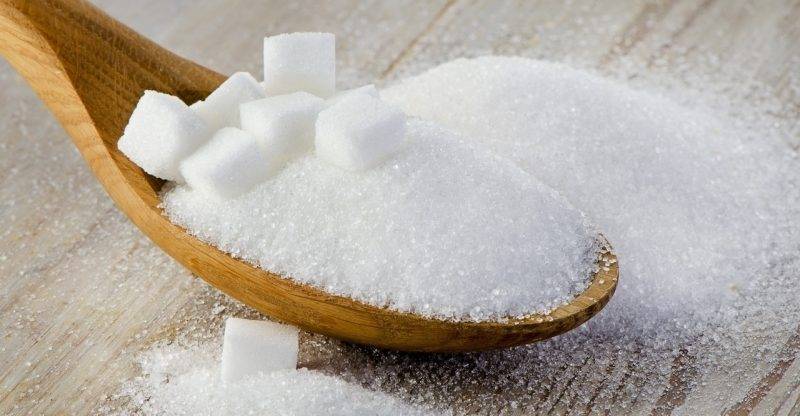
Do you like to have a teaspoon of sugar after each meal or add it to your tea or coffee? But did you know that your sugar could be tainted with urea, as much as you appreciate these delicious treats in your meal?
Why Adulterated Sugar is Dangerous?
Sugar is frequently contaminated with urea, according to the Food Safety and Standards Authority of India (FSSAI). For the uninitiated, an excess of urea in the body can be hazardous in a variety of ways.
Urea is a crystalline white powder. It's mostly nitrogen, and it's widely utilized in agriculture. The liver produces urea in modest amounts in our bodies. Kidneys then eliminate it into the bladder. In high doses, it can affect mental health adversely.
According to a study published in ‘The Atlas of Science,’ urea has detrimental effects on various organs, both directly and indirectly. A high urea level alters gut microorganisms, produces inflammation in the intestinal walls, and results in cell death.
So, if you wish to protect yourself from these negative consequences, do the FSSAI's simple test.
Easy Steps to Check Turmeric Adulteration at Home:
The statutory body, Food Safety and Standards Authority of India (FSSAI) recently posted a video on Twitter on how to check your daily sugar for adulteration. Below are the steps:
-
Take some sugar with you
-
Add it to a glass of water
-
Mix until it's completely dissolved
How to Know?
-
It is unadulterated if there is no ammonia odour
-
It is adulterated if there is an ammonia odour
What is the odour of Ammonia?
Ammonia, a colorless gas, is a nitrogen-hydrogen compound. It has a pungent odour that smells like urine or sweat. The gaseous compound can be found in water, soil, and air, as well as in plants, animals, and the human body.
FSSAI, in their awareness series on Twitter, had earlier posted about the adulteration of turmeric, vegetable adulteration, mustard oil, red chili powder, common salt in iodized salt, and Tea adulteration.
















